Gottlieb Pinball
During the 1970’s and early 80’s, pinball games began to be manufactured with electronic components. These components allowed for advanced sounds, rules, and the ability to keep score. Pinballs were also available in multi-player games, including the classic four-player EM games such as the 1971 Bally Fireball.
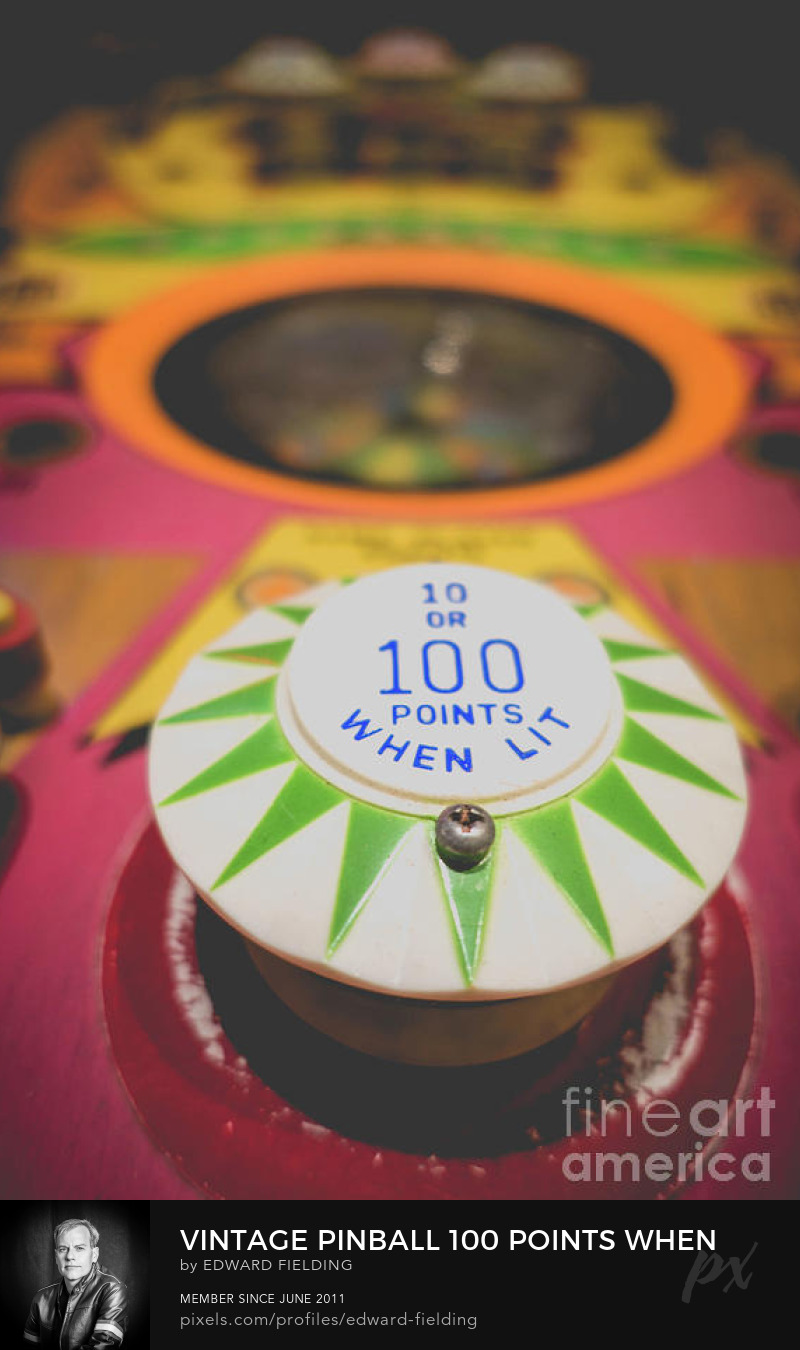
Gottlieb was a leader in the pinball industry. The company produced pinball machines in addition to arcade games, pitch-and-bats, and bowling games. The company was founded by David Gottlieb in 1927 as D. Gottlieb & Co. and eventually expanded into video arcade games.
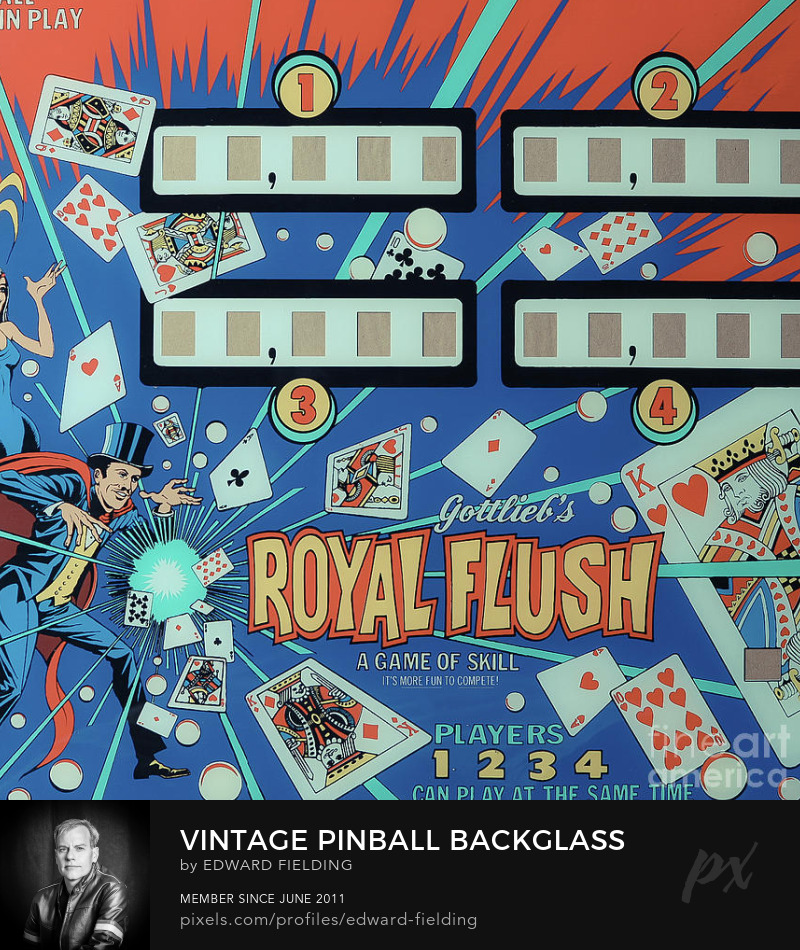
Gottlieb was a pioneer in the pinball industry, having made its first mechanical pinball machines in 1931. Gottlieb was also a leader in the Chicago pinball scene. In fact, Gottlieb was a leader in the entire pinball industry, and the company’s name is now synonymous with the industry.
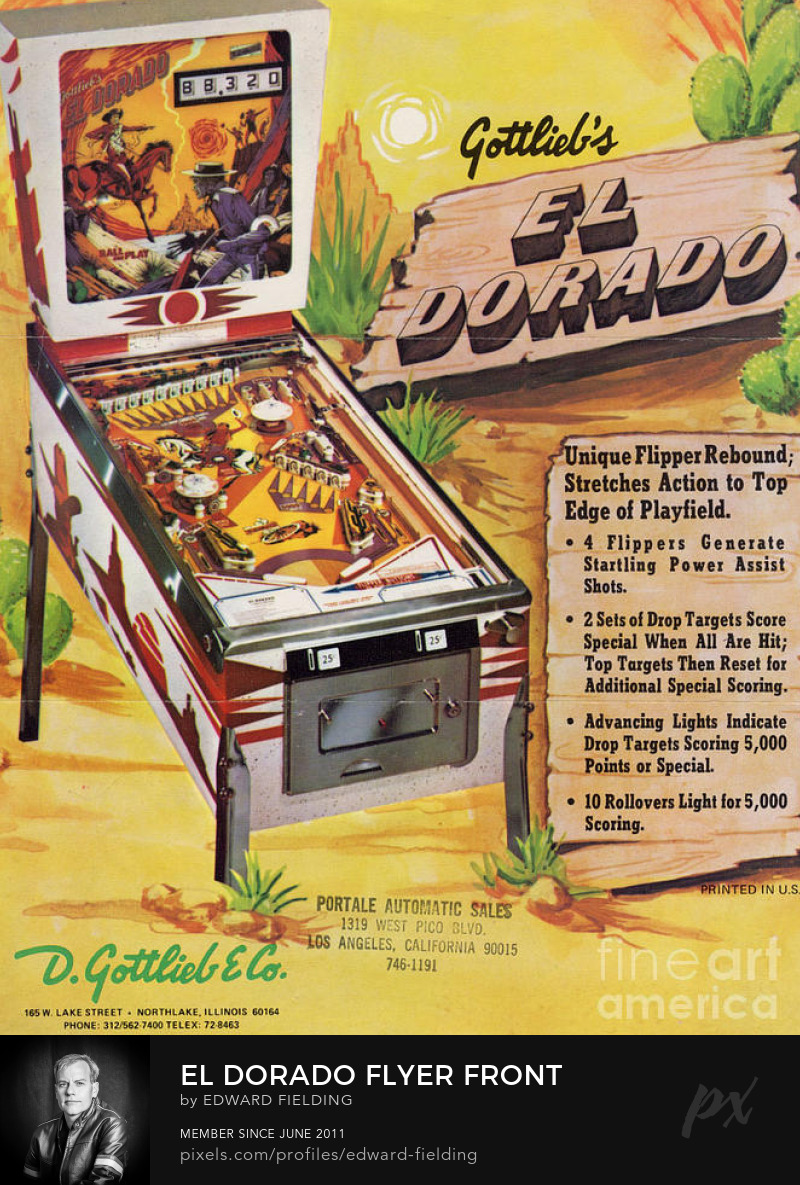
Gottlieb was a major producer of “wedgehead” pinball machines, which have a flared top and wider than their normal body. The wedgehead design made it easier to accommodate more players in rows of machines. In addition, Gottlieb’s wedgehead machines had a distinctive backglass design.
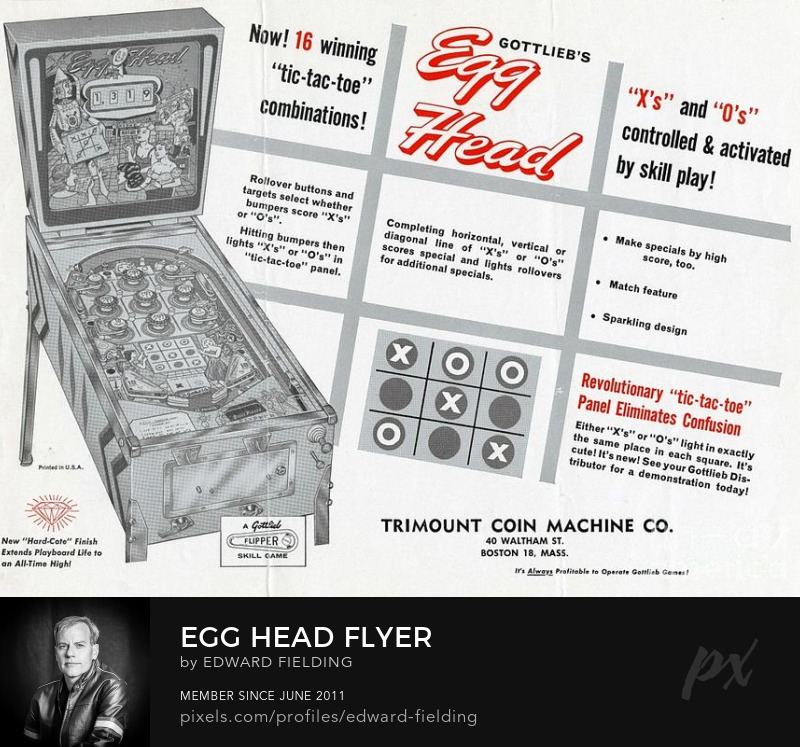
The company was also known for its artwork, which was created by Roy Parker. Parker was the sole artist for Gottlieb until 1965. Parker had worked with two different art houses before switching to Gottlieb. His artwork was credited with establishing Gottlieb as an industry leader. However, the company’s name change in the late 1970s caused much consternation among employees.
Gottlieb was a leader in pinball and arcade games. However, the company faced an upturn in the mid-1990s, when home gaming consoles flooded the market. As a result, sales were on the rise and the company was on the verge of closing down. However, Gottlieb never gave up on pinball, and was later revived by Premier Technology. The company used Gottlieb’s famous trademarks and modern technologies to develop new games.
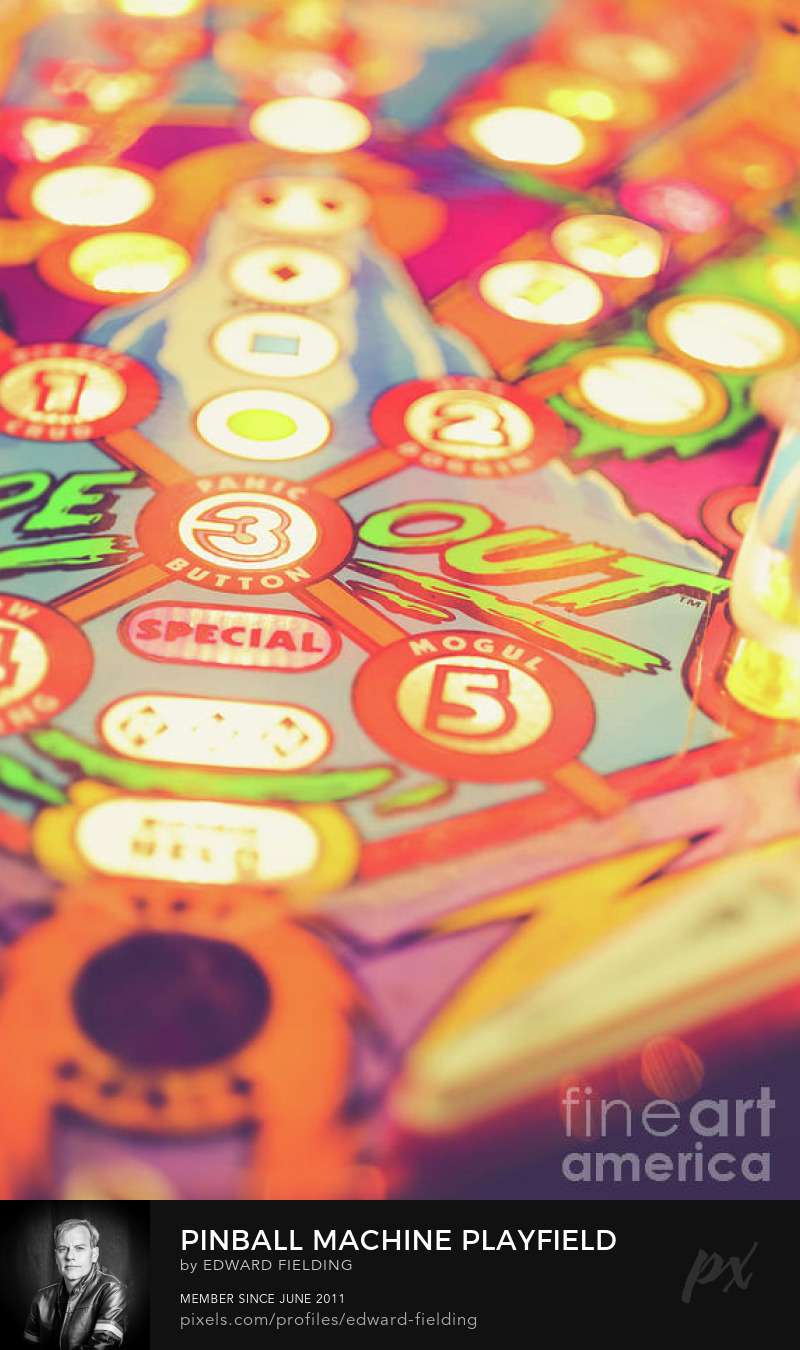
Gottlieb’s position as the undisputed master of pinball was challenged. Although they had been a leader in the industry, they lost market share to Williams. Eventually, Gottlieb had to shut down. As of 1996, only a few Gottlieb pinball machines were still being manufactured.
In the late 1970’s, pinball games began to use electronic components, which allowed for advanced sounds, rules, and the ability to keep score. The pinball industry entered the electronic gaming era in the late 1970’s and early 1980’s. Gottlieb was one of the last major manufacturers to transition to electronic components. But the company struggled to adapt to the solid-state era.

In the early 1980’s, Gottlieb was renamed Mylstar Electronics. The company was later renamed to Coca-Cola’s subsidiary. Coca-Cola’s purchase of Columbia Pictures Industries led to Gottlieb’s parent company being spun off as Columbia Pictures Entertainment. Coca-Cola also sought to sell off Mylstar in 1984. But in October 1984, the company’s pinball assets were purchased by Premier Technology. That same year, Premier launched Touchdown. It is the first Gottlieb pinball machine to use a dot-matrix display. It was also one of the company’s last pinball games to feature flipper power.